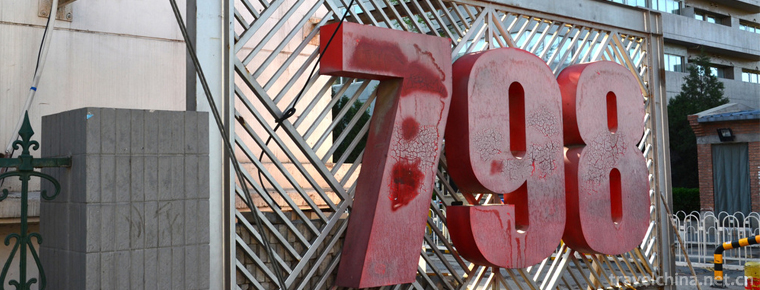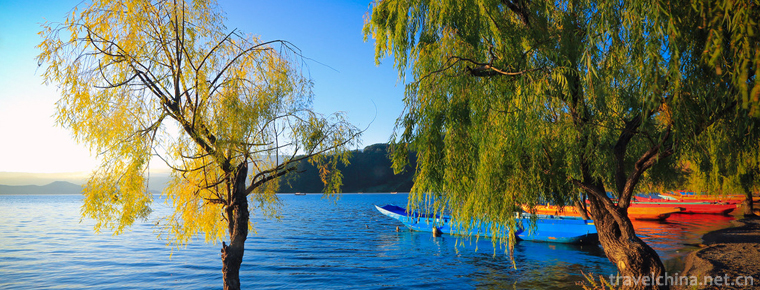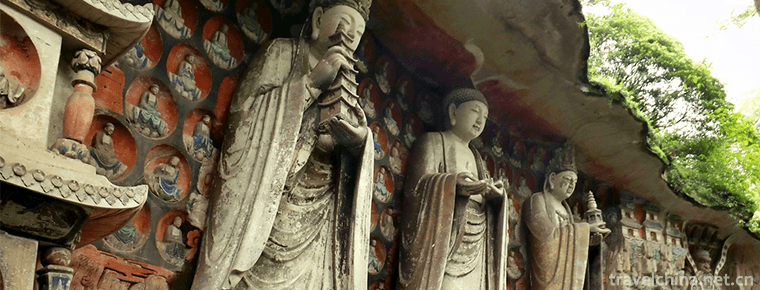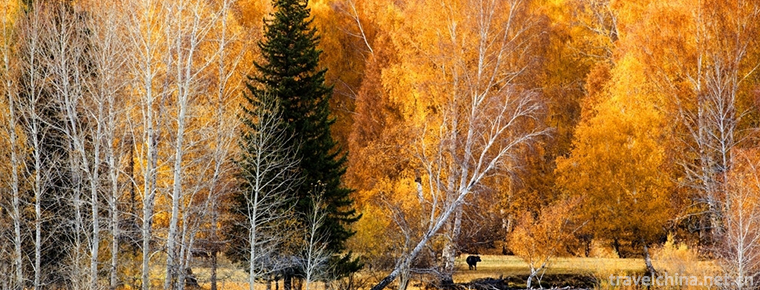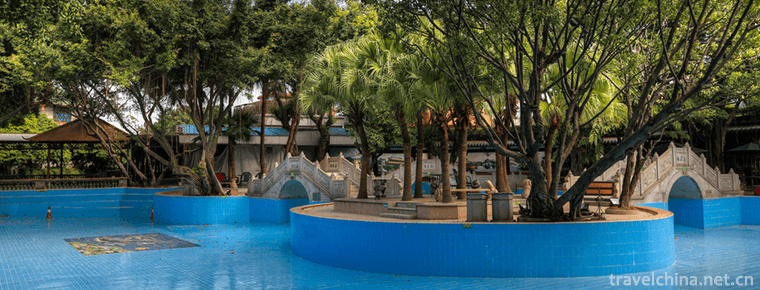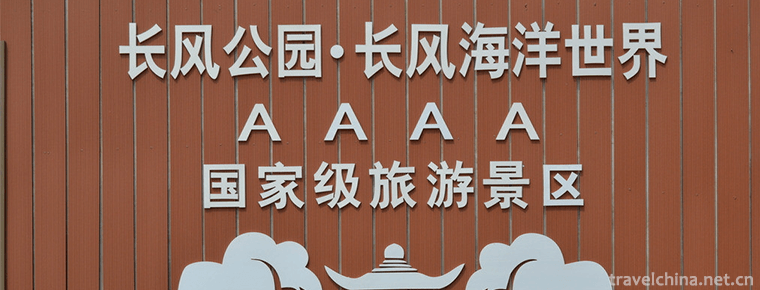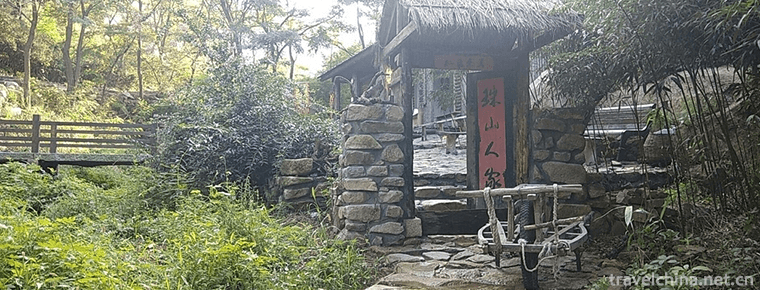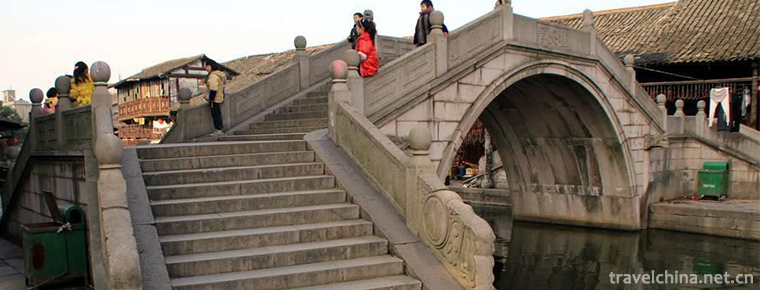Qinghai Provincial Museum
Qinghai Provincial Museum
Qinghai Museum is located in the east of Xining Square in the west of Xining City. It is the first large-scale comprehensive museum with modern functions in Qinghai. It belongs to Qinghai Culture and Press and Publishing Office. It is a public welfare institution at the provincial level. It covers an area of 17,000 square meters and has a construction area of 20,800 square meters.
The Qinghai Museum was first established in 1957 and officially opened to the outside world in September 1986. On May 1, 2001, the new museum of Qinghai Museum was built and opened to the public free of charge on April 1, 2008. In January, 2017, it was awarded the first-class Museum by China Museum Association.
As of December 2017, the pavilion has 10 main and side exhibition halls with an area of 9146 square meters. There are 7 Cultural Relics warehouses with an area of 2593 square meters. There are 14932 cultural relics in the collection, of which 2193 are precious. Coloured pottery and national religions in the new era are the most distinctive cultural relics in the collection, involving religion, folklore, politics, economy, military affairs, production and life, and many other fields. It undertakes many tasks, such as exhibition, cultural relics protection, scientific research, personnel training, social service function, external education, publicity and exchange.
Development history
In 1957, the Qinghai Museum Preparatory Office was established for the first time, and was abolished in 1962.
On August 29, 1978, the Preparatory Office of Qinghai Museum was re-established.
On September 26, 1986, the Qinghai Museum officially built and opened to the outside world. The old site is located at No. 41 Minxiang, Chengdong District of Xining City. The former private residence of Ma Bufang, a local warlord in Qinghai, is "Xinlu".
On May 1, 2001, the new museum of Qinghai Provincial Museum was built on the east side of Xining Square in Xining City and opened to the outside world.
In September 2005, Qinghai Museum was upgraded to national AAAA level tourist attraction.
In April 2008, it was open to the public free of charge.
In July 2013, the Qinghai Museum was awarded "National Second-Class Museum".
In May 2015, Qinghai Museum became the third batch of provincial defense education demonstration bases in Qinghai Province.
In January 2017, it was promoted to the third batch of National First-Class Museums.
Venue composition
On both sides of the first floor are mainly office areas, and there is a photo exhibition of honest and clean government culture in the center. In the center of the second floor are the preface hall, the monitoring room, the island Memorial Hall and the VIP room. On both sides of the exhibition hall, there are mainly "12th Five-Year Plan" economic and social development achievements exhibition in Qinghai Province, gold and bronze statues of Tibetan Buddhism and Tangka art exhibition.
On the third floor, the central area is the Ministry of Cultural Relics Security, the Ministry of Fire Protection and Education, and the area for gift sales and leisure. The exhibition halls on both sides are Qinghai Historical Relics Exhibition and Qinghai Intangible Cultural Heritage Exhibition.
The fourth floor is mainly a reference room, conference room and multi-function hall.
Important activities
On the afternoon of September 22, 2014, Comrade Zhang Jianmin, then Vice Governor of Qinghai Province, visited the museum.
On the afternoon of June 24, 2016, Song Xinchao, then deputy director of the State Administration of Cultural Relics, visited the museum.
In June 2017, Qinghai Museum held a series of activities called "Cultural and Natural Heritage Day".
In July 2017, an expert group of "Sinology and Contemporary China" came to Qinghai Museum to visit and study.
Honors
In September 1996, it was named "provincial patriotic education base" by Qinghai Provincial Party Committee and provincial government, and in October of the same year, it was named "school moral education base" by Qinghai Provincial Education Committee.
In 1997, it was appraised by the State Administration of Cultural Relics as the "National Patriotic Educational Base" of the Expo System.
In 2005, he was nominated for the top ten exhibitions of the 6th National Museum (2003 - 2004).
In January 2015, the State Administration of Cultural Relics announced the National Museum of Grade II and III in 2013, and the results of evaluation and review of Qinghai Museum were excellent.
In July 2017, he won a silver prize, two bronze prizes and four excellent prizes in the first Qinghai Cultural Creative Design Competition, ranking first in the number of prizes awarded by all participating units.
Visiting information
Traffic location
Address: Qinghai Museum is located at 58 Xiguan Street, West District of Xining City, east of Xining Square.
Traffic: Take No. 2 to get off at Hutai, No. 12, No. 18 and No. 22 to get off at the south of Xinning Square, No. 9, No. 13, No. 25, No. 31, No. 85 and No. 108 to get off at the north of Xinning Square.
Opening Hours
Summer: 9:00-16:30; Winter: 9:30-16:00, closed every Monday.
Ticket Price
Free visit.
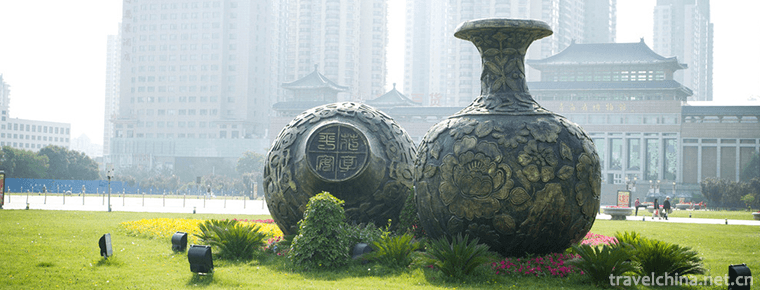
-
798 Art Area
Da Shan Zi area, Jiuxianqiao street, Chaoyang District, Beijing, China.
Views: 861 Time 2018-10-12 -
Lugu Lake
Lugu Lake, commonly known as Zuozuohai, the ancient name Lede Sea.
Views: 112 Time 2018-10-17 -
Qin Lake National Wetland Park
Qinhu National Wetland Park is located between the central part of Jiangsu Province and the Yangtze and Huaihe River. .
Views: 182 Time 2018-12-06 -
The Dazu Rock Carvings
Dazu Stone Scenic Area is a religious cliff sculpture in the late Tang and early Song Dynasty, with Buddhist themes as the main theme, especially the Beishan Cliff sculpture and Baoding Mountain Cliff.
Views: 204 Time 2018-12-12 -
Cocotto Sea Scenic Area
The Cocotto Sea Scenic Area and Xinjiang Cocotto Sea National Geological Park, located in Fuyun County, Altay District, northern Xinjiang, covers an area of 788 square kilometers,.
Views: 179 Time 2018-12-12 -
Bao Mo yuan
Baomo Garden is located in Zini Village, Shawan Town, Panyu District, Guangzhou City, Guangdong Province. It was built in the late Qing Dynasty and covers an area of five mu.
Views: 156 Time 2019-01-02 -
Shanghai Changfeng Ocean World
Shanghai Changfeng Ocean World belongs to the world's largest aquarium chain brand of Merlin Entertainment Group, which is the first and second largest in Europe.
Views: 222 Time 2019-03-17 -
Zhushan National Forest Park
Zhushan National Forest Park is located in Liuhua Po Street Office in the west of Qingdao Development Zone. It is a national forest park approved by the State Forestry Administration in December 2000.
Views: 158 Time 2019-03-21 -
Construction Techniques of Stone Bridge
Shaoxing's ancient bridge construction techniques can be traced back to the Spring and Autumn Period and the Warring States Period. To the Han Dynasty, the stone arch bridge construction techniques be.
Views: 216 Time 2019-06-15 -
Neijiangs location
Neijiang City is located in the southeast of Sichuan Basin and the middle of the lower reaches of Tuojiang River. Chongqing in the East, Chengdu in the west, Zigong, Yibin and Luzhou in the south, Ziyang and Suining in the north. Its geographical location.
Views: 340 Time 2020-12-16 -
Leshan transportation
Leshan City has convenient transportation. In the 12th Five Year Plan, Leshan City proposed to implement the "100 billion yuan transportation project", including "two airlines (comprehensive development of Minjiang aviation and power and Leshan Airport).
Views: 349 Time 2020-12-17 -
History of Nanchong
In the Northern Song Dynasty (960-1127), there were three states in the territory, which governed 13 counties, such as Nanchong (prefecture), Xichong and Xiangru, which were subordinate to Chengdu Fulu..
Views: 167 Time 2020-12-17
